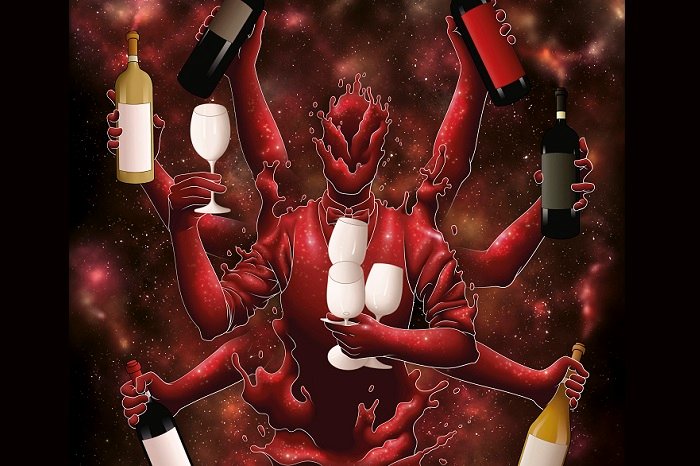We conclude this roundup of articles on the relationship between wine consumption and health with one last paper on the topic. Today we discuss the principle of proportionality and balanced risk communication.
In formulating health policies and messages to the public regarding alcohol, it is essential to be guided by the principle of proportionality and balanced risk communication. This means calibrating interventions according to the severity of the risk and the strength of the evidence, avoiding both unwarranted alarmism and denialism of real problems.
Accurate and balanced communication
At the European level, this proportionate approach has recently been vindicated by the EU Parliament itself: in the context of the European Cancer Plan (Europe’s Beating Cancer Plan), while general restrictive measures on alcohol were initially envisaged, the Europarliament approved amendments that distinguish moderate consumption from abuse, avoiding unjustifiably penalizing sectors such as quality wine.
This reflects the institutional desire for accurate communication: recognizing that encouraging the reduction of alcohol abuse (a priority public health goal) does not require us to demonizing the moderate and responsible consumption. Similarly, the WHO and UN strategy focuses on reducing consumption harmful of alcohol (harmful use) in populations, in line with the 2030 Agenda (Target 3.5 on prevention of risky behaviors)-thereby recognizing that the main problem lies in excess and vulnerable groups, rather than moderate consumption in the general population.
Communicative responsibility
Applying the principle of proportionality also means exercising a communicative responsibility: Health institutions have a duty to inform about risks without creating unnecessary alarm or cultural conflict. A proper risk communication about alcohol should:
(a) clearly warn that alcohol abuse is seriously harmful (proven cause of cirrhosis, cancer, serious cardiovascular disease, accidents, addiction, etc.);
(b) educate on the fact that no alcohol consumption is totally risk-free, especially for categories such as minors, pregnant women, individuals with familiarity for certain cancers-transparency is due on this;
(c) contextualize however, that occasional or moderate consumption, especially of drinks such as wine within meals, carries a much lower level of risk, potentially comparable to other accepted lifestyle behaviors (e.g., moderate consumption of sweets or red meat) and that can be part of healthy lifestyles for many people. This last point should never become a green light to drink indiscriminately: it simply means presenting the full picture.
For example, it may be useful to communicate that to prevent cancer the safest option is to abstain from alcohol, but that for a healthy adult who chooses to drink in moderation the additional risk is relatively low and balanced by possible positive effects on other aspects of health. This is a non-ideological narrative, which respects the citizen’s intelligence and empowers them to make an informed choice.
In conclusion
Demonizing wine as an inherently harmful product is a communication and policy strategy neither effective nor scientifically based. Public health protection is best achieved with messages precise and proportionate: warning of the real dangers of alcohol (abuse, addiction, youth consumption, drunk driving, etc.) without falling into generalizations that equate different situations.
Wine, a symbol of moderation and an integral part of the Mediterranean diet, deserves a regulatory approach based on theevidence and not on ideological positions. This is the only way to promote a health culture truly effective: in which citizens understand that “too much is bad for you” (in drinking as in everything), but that responsible and measured enjoyment of wine can coexist with a healthy lifestyle without contradiction.
As a scientific community, our job is to guide citizens toward informed and healthy choices, not to prohibit or moralize, but to provide the cognitive tools for everyone to understand when and how much alcohol consumption becomes a danger.
Wine, if respected in the right doses and contexts, should not be fingered as an absolute “poison” but rather handled with the responsibility and moderation that our drinking culture has always taught.
The vignette used for the opening is by Bruno Albuquerque, “Vinho Celestial,” from the Spirito di Vino (eno)satire contest, edition 2021, Under 35 category, organized by the Movimento Turismo del Vino Friuli Venezia Giulia.







